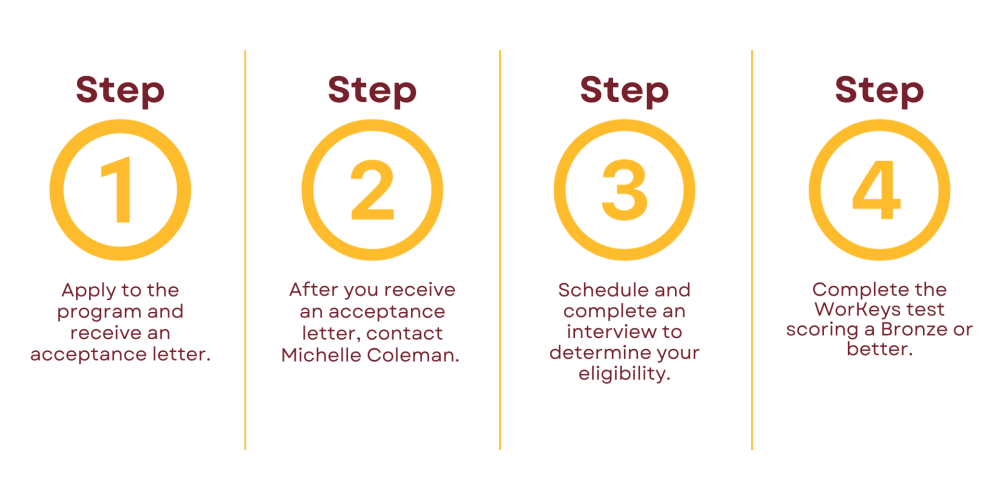About the EMT Program

As an EMT, you can provide basic out-of-hospital emergency care or Basic Life Support (BLS). Training consists of about 140 hours of education. You will learn how to assess a patient for injury or illness, administer CPR, control bleeding, maintain the airway passage, and prevent shock. You will be able to respond to respiratory, cardiac, and trauma emergencies. Your education will cover anatomy, physiology, muscular skeletal injury care, childbirth, Pediatric emergency care, applying splints and bandages, and moving and transporting patients.
To work in this field you must enroll and pass the EMT-Basic educational course. You will next become nationally certified once you pass the computer-based exam to demonstrate your entry level competency. After you become nationally certified, you will need to apply for state certification, allowing you to practice in this field.
Requirements to Enroll:
- Background Check Consent Form
- ACT Scores or Complete TABE test
- High School Diploma or Equivalency
- Proof of Covid Vaccine
- Proof of recent flu shot
- 10 Panel Drug Screen Results
- TB Skin Test Results
$1000
Program Cost
Tuition Assistance Available
Apply for Upcoming EMT Classes
Hattiesburg Class
Next Class:
July 23 - Dec 14
Tuesday & Thursday
6pm - 10pm
*2 Saturdays a month
Woodall Center
906 Sullivan Drive
Hattiesburg, MS 39401
Program Contact Information:
Ellen Rouse
601.554.4646
srouse@prcc.edu
How to Apply for Tuition Assistance

Michelle Coleman
601 -584-1124
jcoleman@prcc.edu
About Working as an EMT
To work in this field you must enroll and pass the EMT-Basic educational course. You will next become nationally certified once you pass the computer-based exam to demonstrate your entry level competency. After you become nationally certified, you will need to apply for state certification, allowing you to practice in this field
CPR/First Aid: Courses are offered in the following using the current American Heart Association guidelines by request only:
| Course | Description | Audience |
| BLS for Healthcare Providers | The BLS for Healthcare Providers Course covers core material such as adult and pediatric CPR, foreign-body airway obstruction, and automated external Defibrillation( AED) | For healthcare providers such as EMS personnel, physician assistants. Doctors, dentists, nurses, and respiratory therapists who must have a credential documenting successful completion of a CPR course. |
| Heartsaver CPR Heart saver AED Heartsaver First Aid | The Heartsaver CPR Course teaches CPR and relief of chocking in adults and children, and infant CPR and use of barrier devices for all ages | For those who have a duty to respond to a cardiac emergency because of job responsibility or regulatory requirements. |
| Heartsaver Pediatric First Aid | The Heartsaver Pediatric First Aid Course teaches how to manage illness and injuries in a child in the first few minutes until professional help arrives. | For those involved in child care who have a duty to respond to a first aid emergency because of job responsibilities or regulatory requirements, such as child care workers. Teachers, foster care workers. Camp counselors, youth organizations and coaches for children’s sports organizations |
Get more information about this program
Let us know and we will contact you to help you get the answers.


